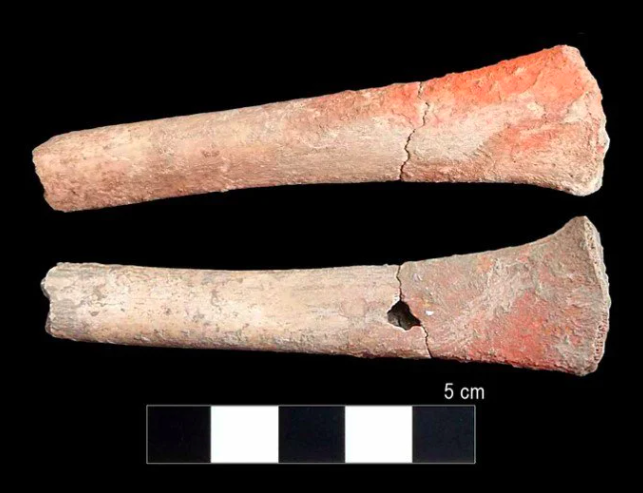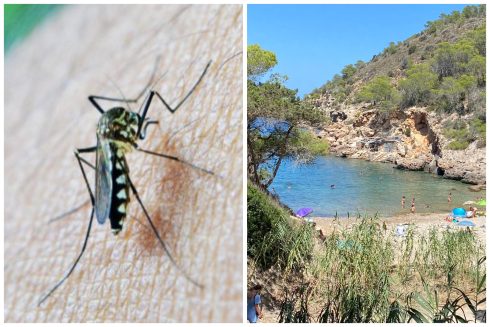THE oldest evidence of mercury poisoning has been uncovered in bones found in Iberia.
Human bones, dating back 5,000 years, were collected by researchers from 23 different spots across Spain and Portugal.
Scientists from the University of North Carolina Wilmington analysed bones from 370 individuals, who lived during the Late Neolithic and Copper Age.
The bones were found to include the highest levels of mercury found among those living at the beginning of the Copper Age – between 2900 and 2600 BC.
Researchers said the unusually excessive amount of mercury is attributable to cinnabar, a poisonous mercury sulfide mineral with a shiny purple color.
It is traditionally used as paint pigments, with ancient tombs in Andalucia found covered in cinnabar powder. Ancient people used it to paint chambers, decorate figurines and even put on over the dead.
But at the end of the Copper Age and early Bronze Age, the use of cinnabar has gradually declined.
Writing in the study published in International Journal of Osteoarchaeology, academics said: “There is evidence for mining of the extensive ore deposits at Almaden, in central Spain, by 5300 BC.
“Its primary use in Iberia, as in many other prehistoric cultures worldwide, was in rituals associated with propitiation and burial, though its application as body paint or use as a medicinal, entheogen or ‘magic’ drug is possible as well.”
Researchers hypothesise that people from Portugal and Andalucia could have accidentally inhaled or consumed large amounts of mercury from cinnabar during these various rituals and social practices.
Levels of up to 400 parts per million (ppm) were recorded in the bones of some of these individuals.
“Taking into account that the WHO currently considers that the normal level of mercury in hair should not be higher than 1 or 2 ppm, the data obtained reveal a high level of intoxication that must have severely affected the health of many of those people,” researchers shared in the press release.
“In fact, the levels detected in some subjects are so high that the study authors do not rule out that cinnabar powder was deliberately consumed, by inhalation of vapors, or even ingestion, for the ritual, symbolic and esoteric value that was attributed to it.”
According to WHO, mercury exists in many forms in the environment: elemental, inorganic, or organic.
Some people are exposed to inorganic forms of mercury through their occupation, while most people are exposed to mercury via their diet through the consumption of fish and shellfish.
Depending on their degree of toxicity, mercury exposure could adversely affect the nervous system, as well as the digestive and immune systems.
WHO considers mercury as one of the top ten chemicals or groups of chemicals that pose a great threat to public health.
READ MORE










